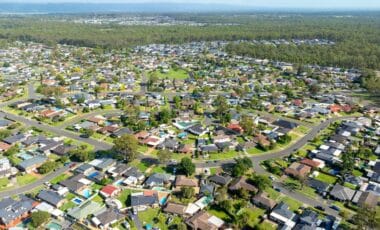Despite a slowdown in rent growth, Australia’s capital cities continue to record historically high rental prices. Low vacancy rates and sluggish housing supply leave tenants with little leverage, maintaining the market advantage in landlords’ hands.
Rental affordability across the country is reaching its limits. A new report highlights that while rental price increases have eased, the fundamental supply-demand imbalance persists, placing sustained pressure on tenants.
Australia’s housing market has experienced a sustained period of rental inflation. Even as annual growth rates moderate, the current environment remains challenging for renters.
The March-quarter Domain Rent Report has revealed that rents are at record highs in every Australian capital city, reinforcing the prevailing sentiment that conditions still favour landlords.
Rent growth slows but remains elevated amid tight supply
According to Domain, combined capital city house rents rose by 3.2 percent year-on-year, marking the weakest growth in four years. Unit rents grew at a marginally higher rate, yet also recorded their smallest March-quarter increase in the same period.
The easing is attributed to a modest rise in rental supply, which, although insufficient to meet demand fully, has contributed to a partial stabilisation.
Dr Nicola Powell, Domain’s Chief of Research and Economics, noted that “the affordability ceiling is becoming increasingly apparent,” pointing to a shift where unit rents have outpaced house rents in cities such as Sydney, Melbourne, Brisbane, Canberra and Hobart.
The data suggests that many renters are reaching the limits of what they can afford, particularly in inner-city markets. Despite the relative deceleration in growth, vacancy rates remain below 2 percent in all capital cities, an indication of persistently tight conditions.
The report highlights that some renters are adapting by forming larger share-house groups or delaying household formation by staying longer in family homes—trends that may reduce short-term demand but do not resolve structural shortages.
Long-term supply challenges hinder balance in the market
While recent months have seen an increase in building completions and a slight uptick in investor activity, a more meaningful expansion in housing stock appears unlikely in the near future.
According to the Australian Bureau of Statistics, the number of new dwellings approved for construction in February was 16,606, representing a 0.3 percent decline from the previous month.
These figures place the industry well behind the federal government’s target of 1.2 million new homes by 2029, which would require 20,000 approvals per month. AMP economist My Bui stated that while easing labour and material costs are improving housing sentiment, approvals are only just starting to align with additional housing demand.









